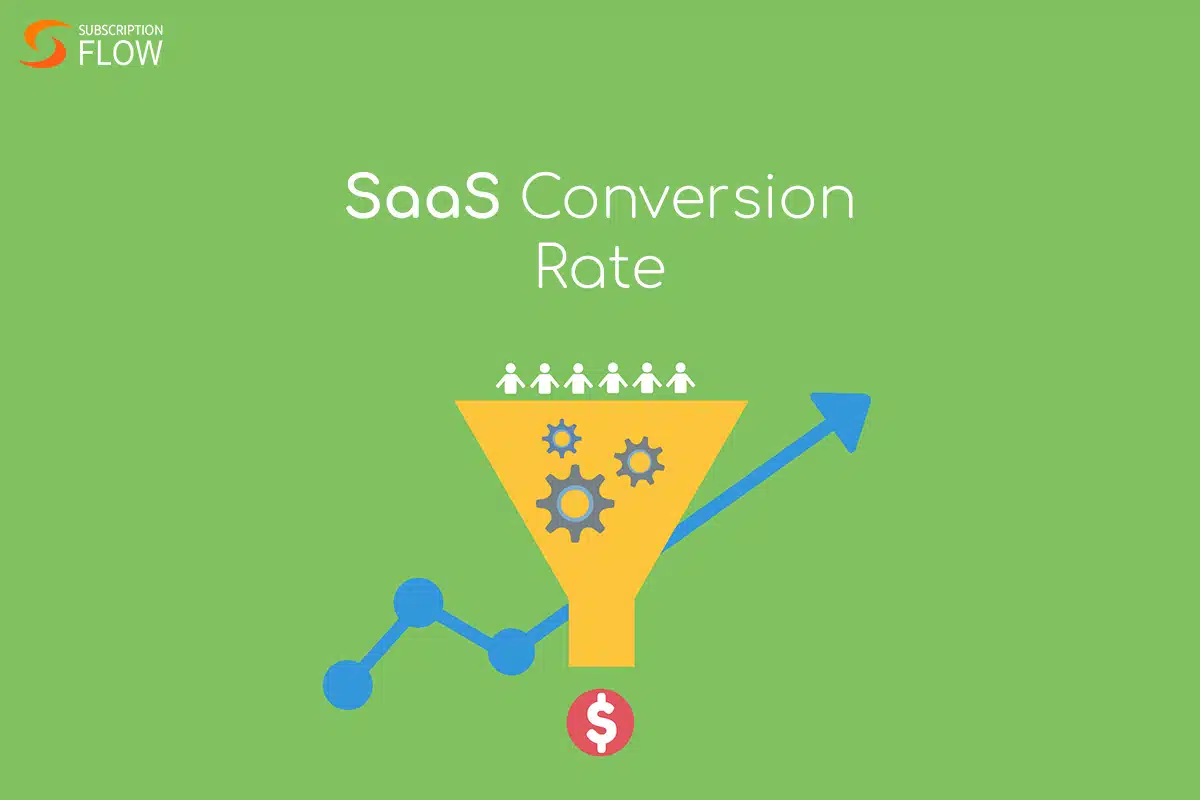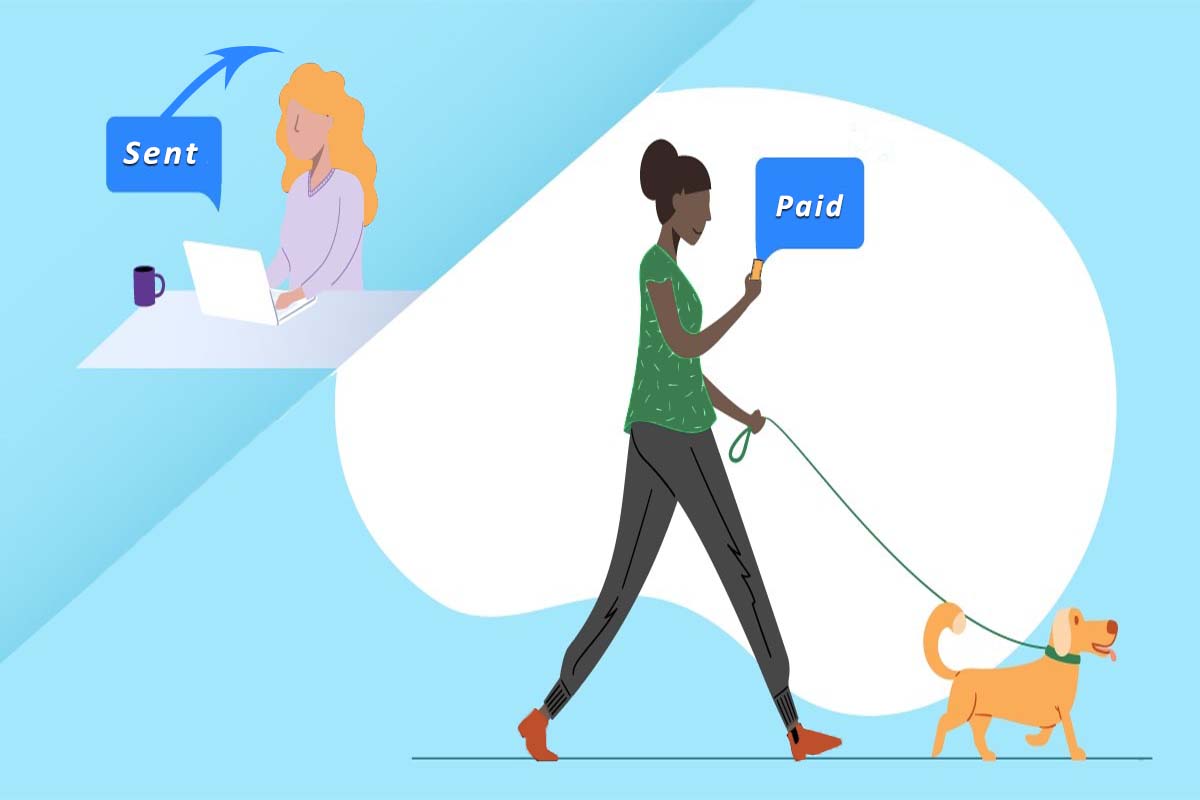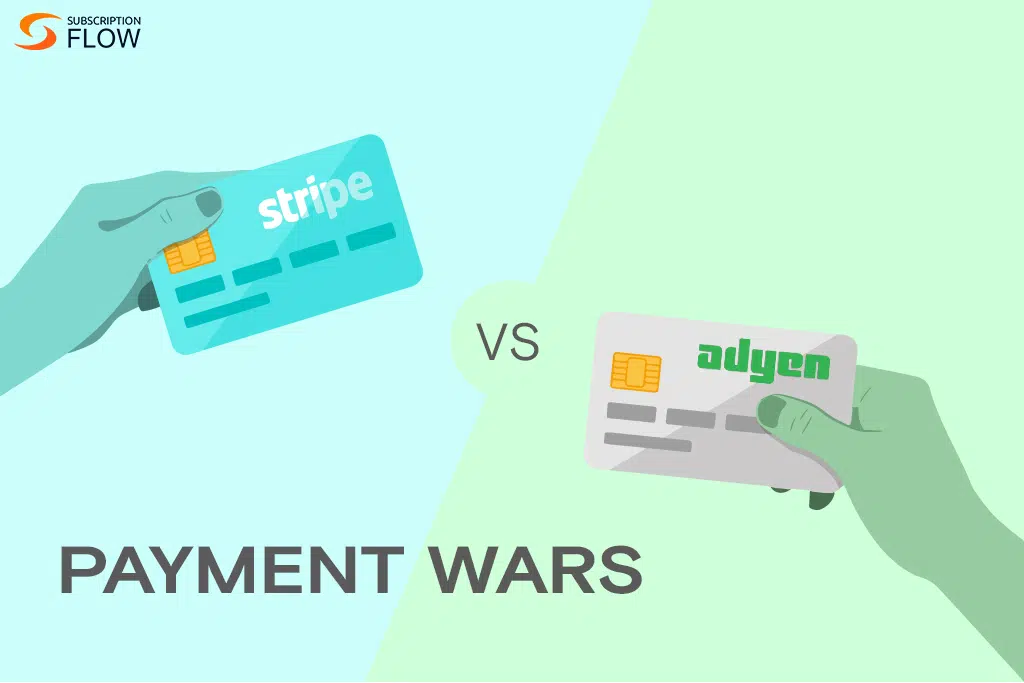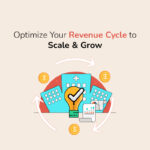
SaaS Startups: What Is A Good Demo Conversion Rate
The conversion rate indicates the effectiveness of a software-as-a-service (SaaS) startup’s online efforts. This metric measures the percentage of people who take the desired action, such as completing a purchase or signing up for a demo. The ideal SaaS demo conversion rate depends on many factors specific to your business—including target audience, product offering, industry, and more.
A SaaS company’s success relies heavily on converting website visitors into paying customers. Various aspects can influence this process’s effectiveness, including user experience design, customer acquisition strategies, and pricing structures. Moreover, conversion rates vary depending on whether the SaaS business targets a B2B or B2C audience.
Business-To-Business
For B2B companies, conversion rates are typically lowest at the top of the funnel, where there may be less urgency for businesses to commit to purchasing due to the longer sales cycle. Of those who make it through the different stages of consideration and evaluation, roughly 10%-30% will convert into paying customers.
Business-To-Consumer
The SaaS industry’s transition from focusing on enterprise clients to marketing products directly to consumers has increased competition and shifted overall conversion rate benchmarks. While once acceptable rates were around 2%, B2C SaaS companies now strive for 3-5% conversion.
B2B SaaS Funnel Benchmarks
To determine if your conversions are meeting desired goals, it’s helpful to compare them to industry averages. Here are some approximate benchmarks for B2B SaaS companies:
Website visitor – 15%-20%
Leads – 10%-30%
Demos – 5%-15%
Paid users – 1%-5%
Conversion Benchmarks By Verticals
E-learning
The conversion rate for e-learning depends on the content being offered. Free courses usually have a lower conversion rate than paid courses, as those willing to invest in learning show more significant potential for long-term success. As such, the average demo conversion rate for paid e-learning material is around 8%-15%.
E-Commerce
Online stores typically operate on a low barrier to entry, meaning most customers can make quick purchasing decisions with minimal effort. It encourages higher conversions with an average demo conversion rate of 10%-30%.
Magazines
Print magazines still enjoy high demand and popularity in some circles. Because magazine subscriptions require more commitment than casual purchases, their respective demo conversion rates range from 5%-10%.
SaaS
SaaS companies often focus on a single product or service and typically convert at around 15%-20%. Since SaaS products require customers to enter into longer-term commitments with the company, their demo conversion rate is usually higher than in other industries.
Club Memberships
The membership model encourages customers to stay engaged over time and can have a high conversion rate if priced correctly. The demo conversion rate for club memberships ranges from 10%-30%, depending on the offering’s value and features.
Gym Memberships
Gyms offer a unique membership model that encourages long-term loyalty through discounts, exclusive services, and other incentives. As such, gyms tend to convert at around 5%-15% in their demo stages.
Subscription Box Businesses
The subscription box business model is an up-and-coming sector within the SaaS industry. These companies have higher conversion rates since customers are more likely to purchase a one-time product rather than commit to a long-term agreement. The average demo conversion rate for this business type is around 10%-20%.
Overall, each SaaS company should aim for higher conversion rates than the benchmarks listed above.
Demo Conversion Rates Are Higher In Non-Physical Products/Services
Demo conversion rates are typically higher for non-physical products and services because customers can experience the product or service without ever leaving their homes. This makes it easier for potential customers to evaluate whether a product is right for them before making a purchase.
Plus, since no physical inventory needs to be managed, companies can offer more competitive prices and better value propositions. Additionally, businesses don’t need to worry about shipping or handling costs, which helps increase conversions.
Finally, digital products and services often have automated processes that make onboarding new customers faster and more straightforward – another factor that encourages higher conversions.
Demos Help In Educating Potential Customers
Demos are a great way to educate potential customers about a product or service. Through a demo, businesses can highlight the features that make their offering unique and demonstrate firsthand how it works. Demos also allow customers to ask questions and get answers in real time, so they have all the information they need to make an informed decision.
Additionally, demos enable companies to provide detailed instructions on how to use their products and services right away – this helps increase conversions and contributes to better customer satisfaction in the long run.
Ultimately, demos offer tremendous benefits for both businesses and customers alike. They create an immersive experience where potential customers can learn more about the product and decide if it’s right for them before making a purchase.
Ways To Improve SaaS Conversions
Optimizing your funnel can help increase conversions and improve ROI for your business. Here are some simple strategies for achieving higher rates of conversion:
Provide A Customized Experience
Personalization is key—creating tailored experiences for each customer based on their interests, needs, and buying habits helps ensure that the right product or service is being marketed to the right people. Additionally, offering discounts or promotional codes can be a great way to encourage customers to purchase.
Be Easily Accessible
Multiple channels open for customers to reach you quickly and easily is essential in gaining trust and generating trustworthiness. It offers various customer service options, such as live chat, phone support, and email.
Reassess Your Product-Market Fit
It’s important to ensure that your product solves a problem or fulfills an unmet need in the marketplace. It requires conducting market research regularly and staying up-to-date on industry trends. Understanding your audience will help you better position your product or service and optimize conversion rates.
Conclusion
Ultimately, achieving a good demo conversion rate will depend on your business’s unique goals and the strategies being implemented. You can increase your chances of success as a SaaS startup by utilizing the right tactics and dedicating resources to understanding consumer behavior and preferences. If you are looking for the ideal tool to increase your conversion rate for SaaS business, book a demo today!









